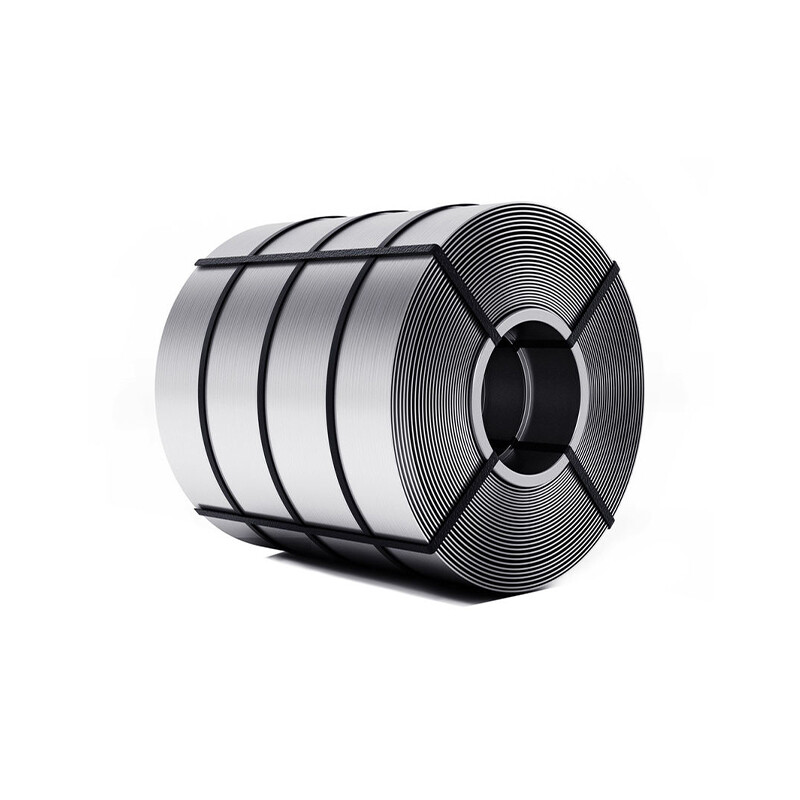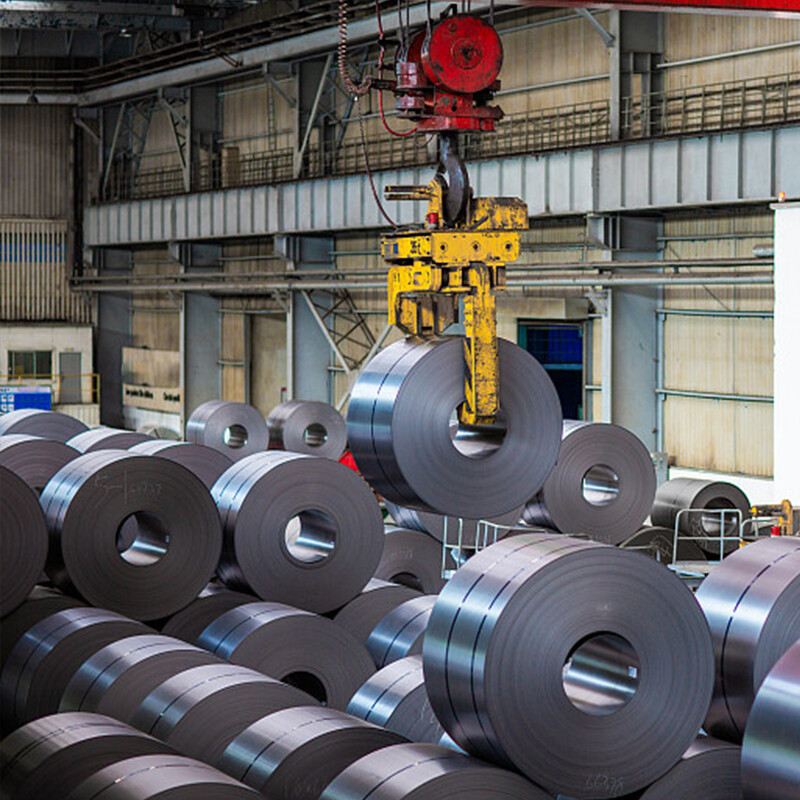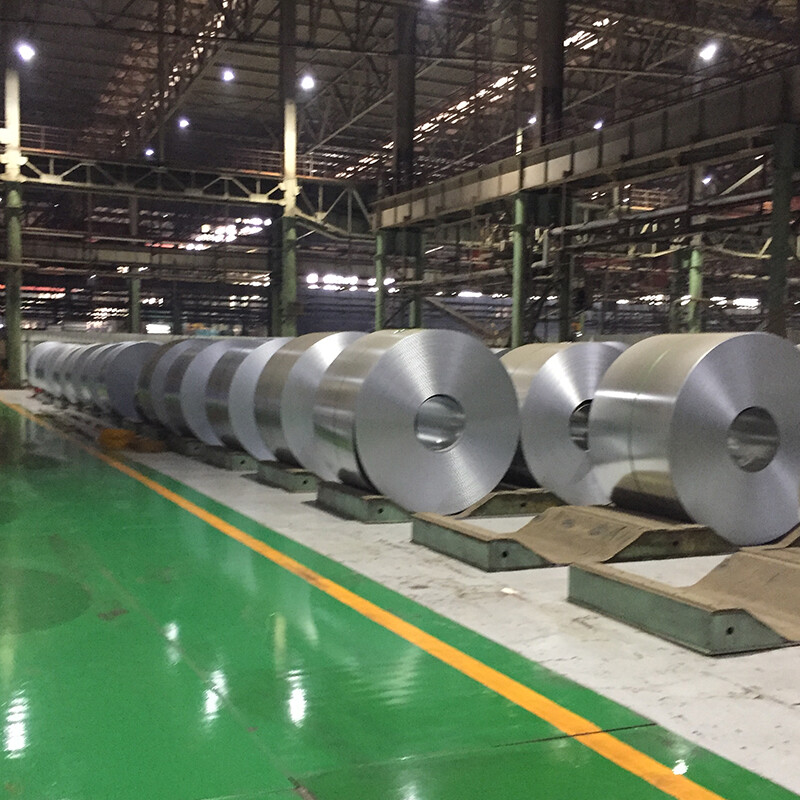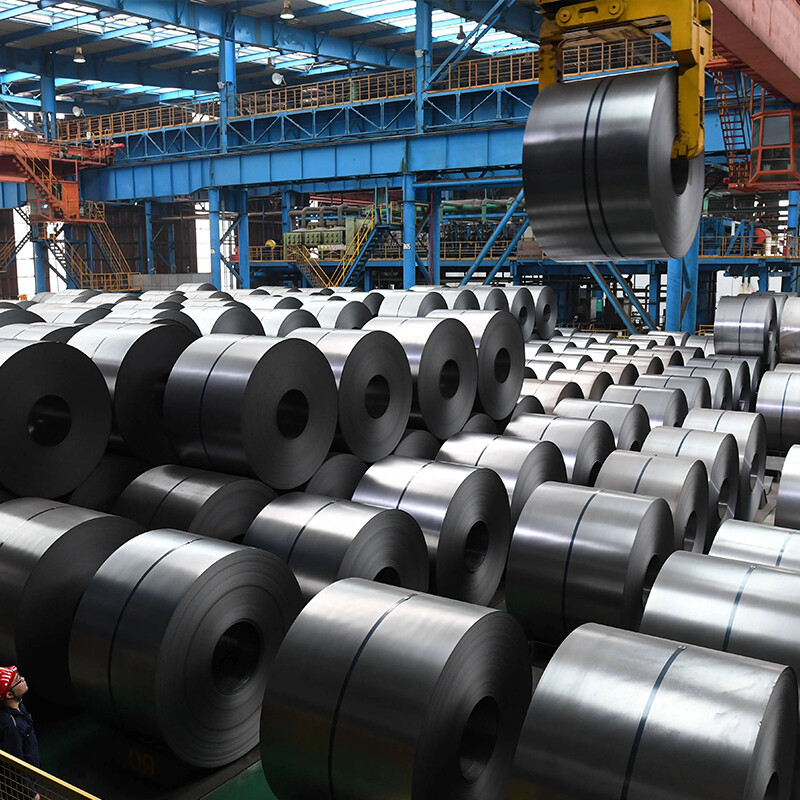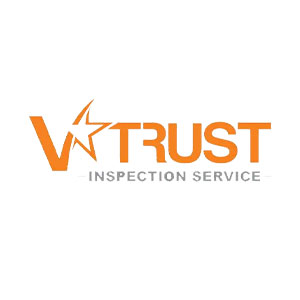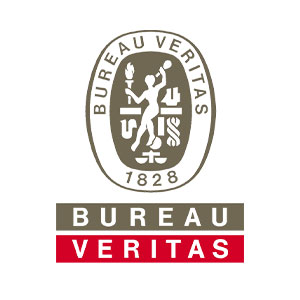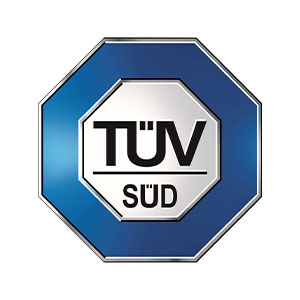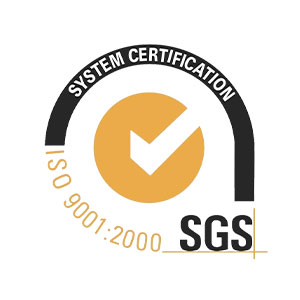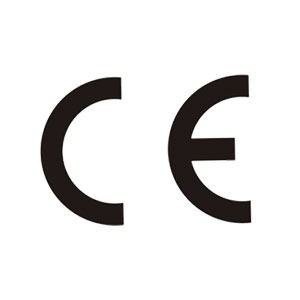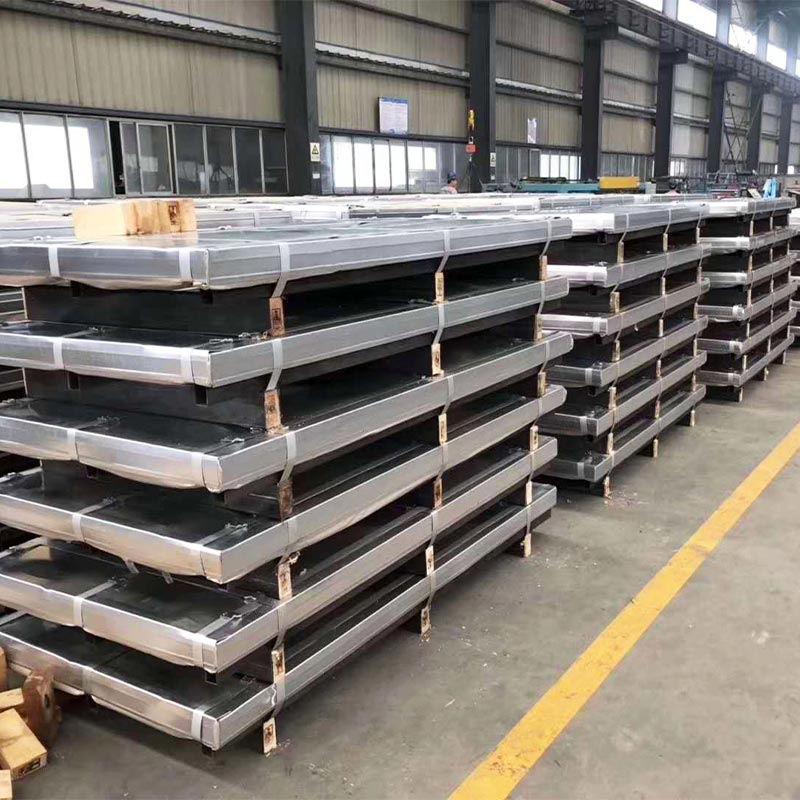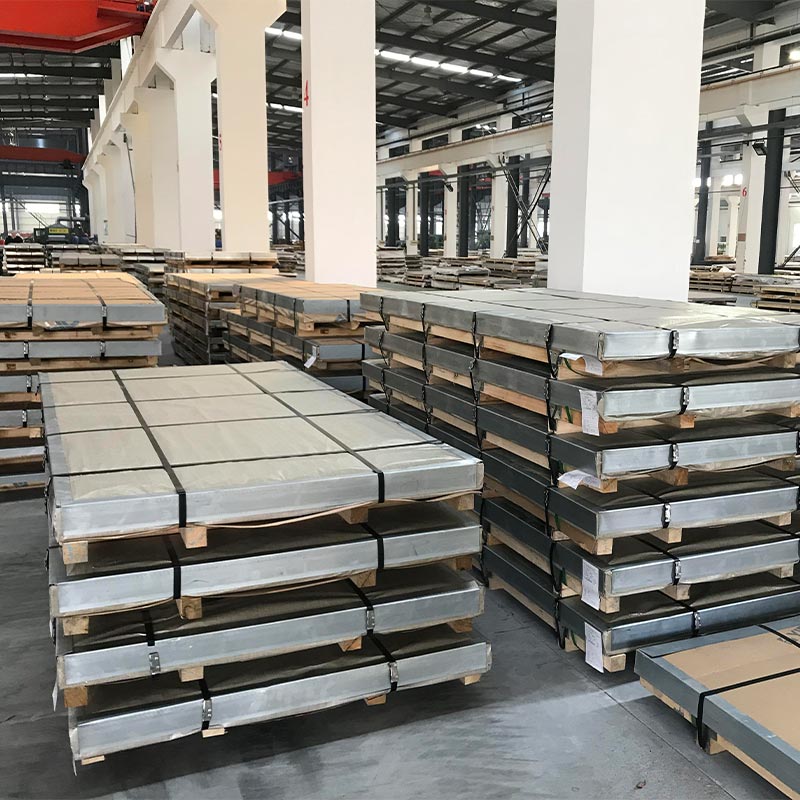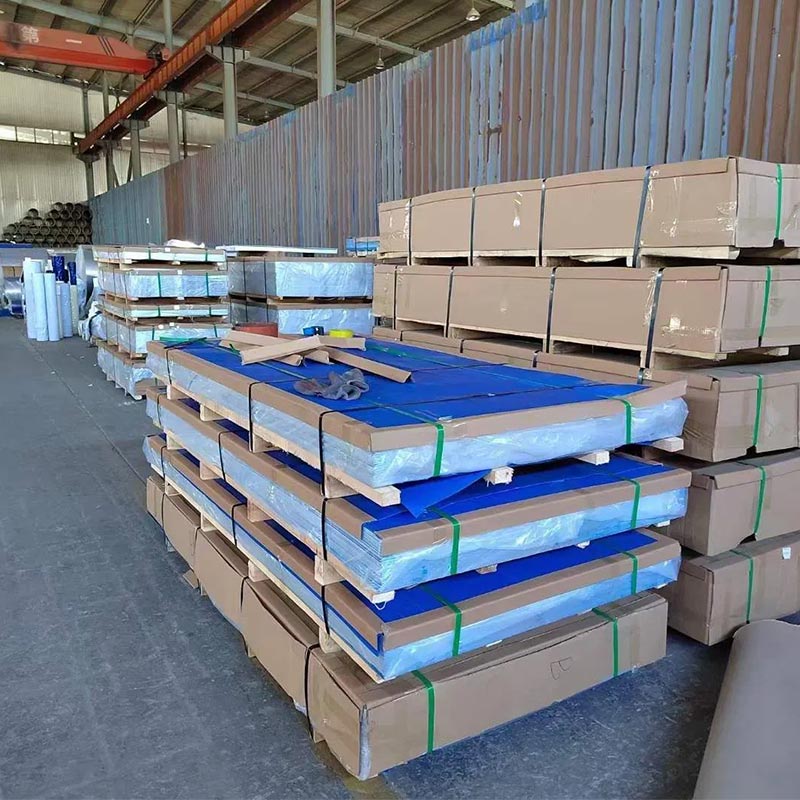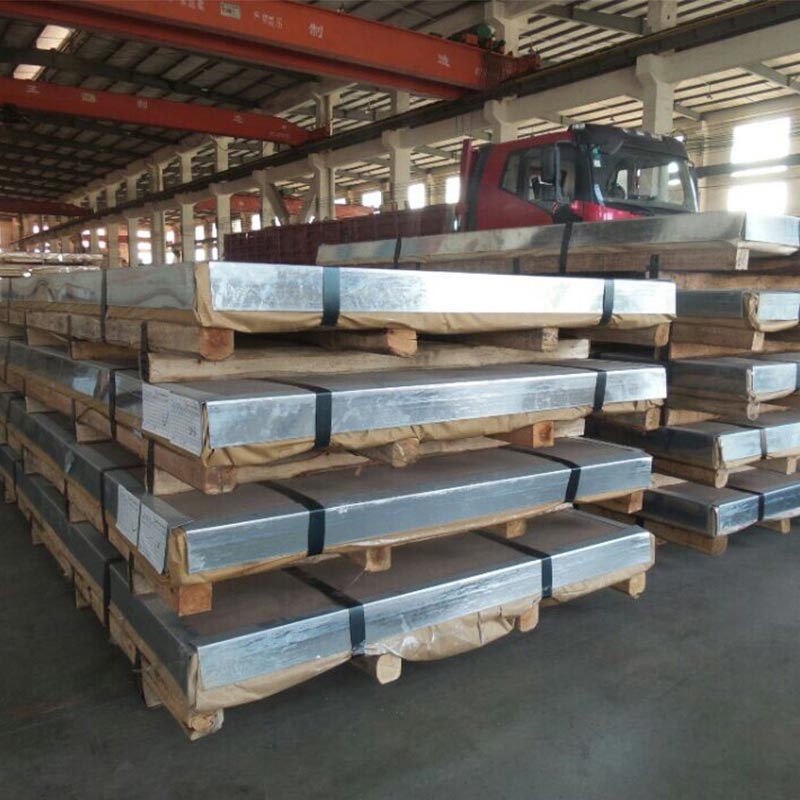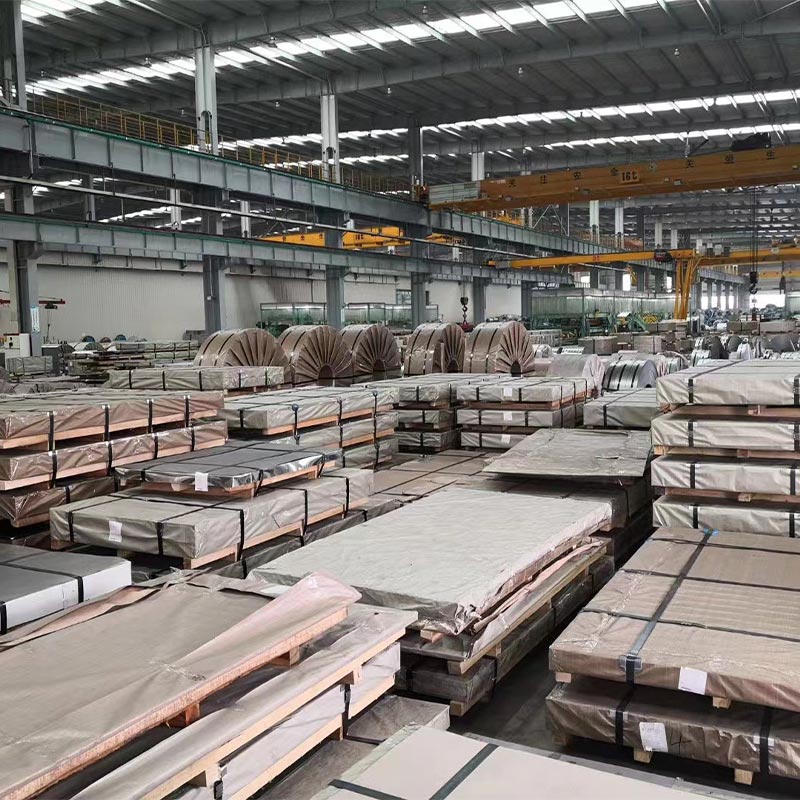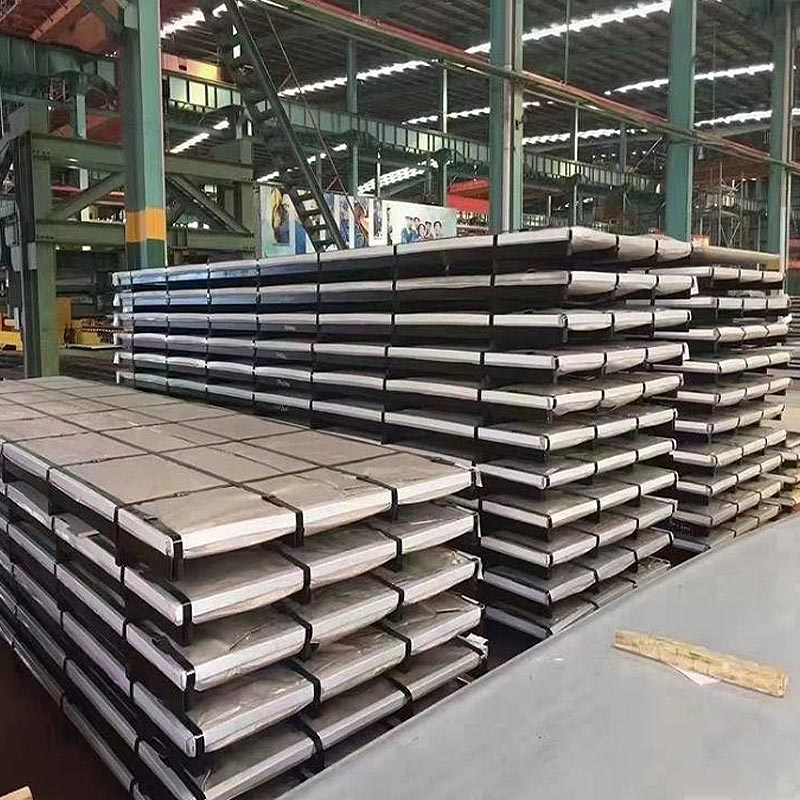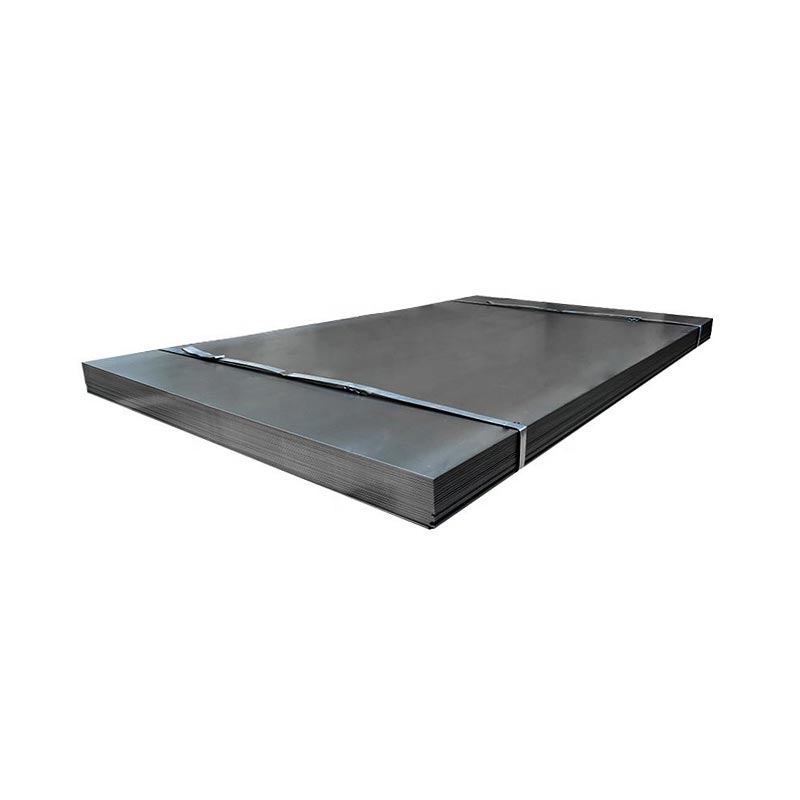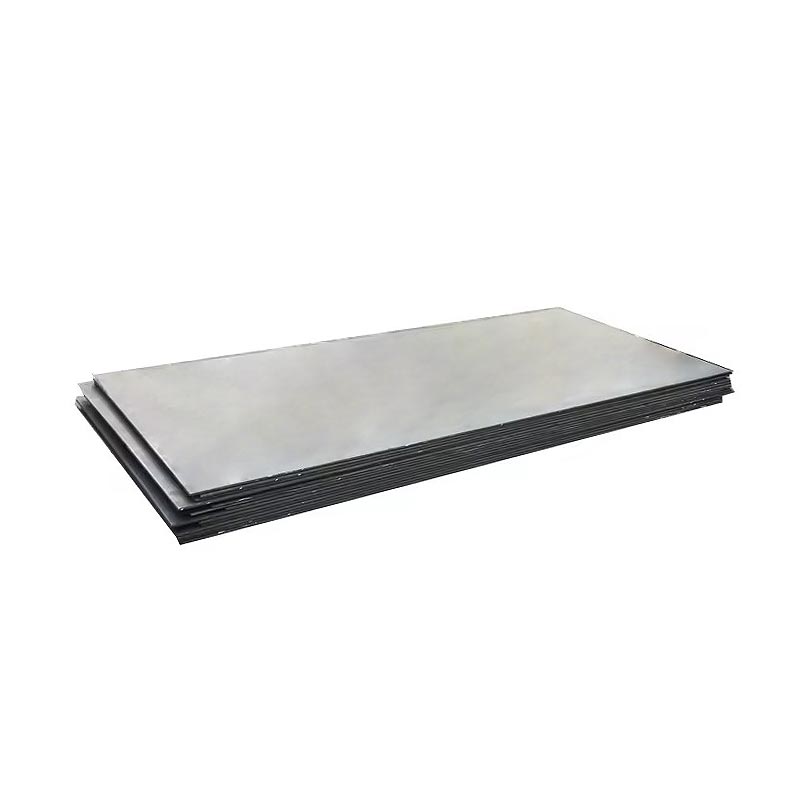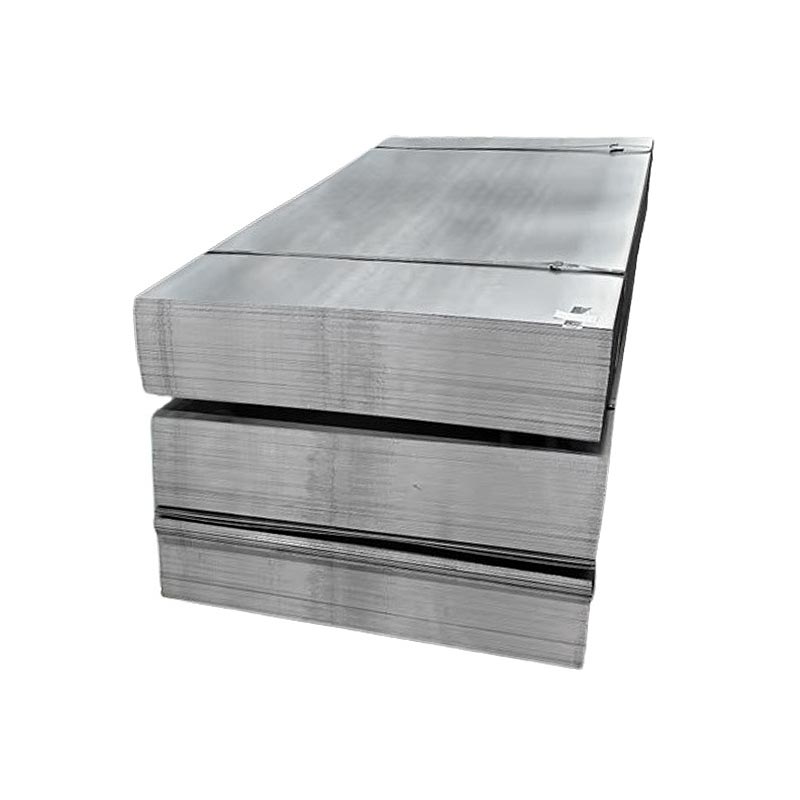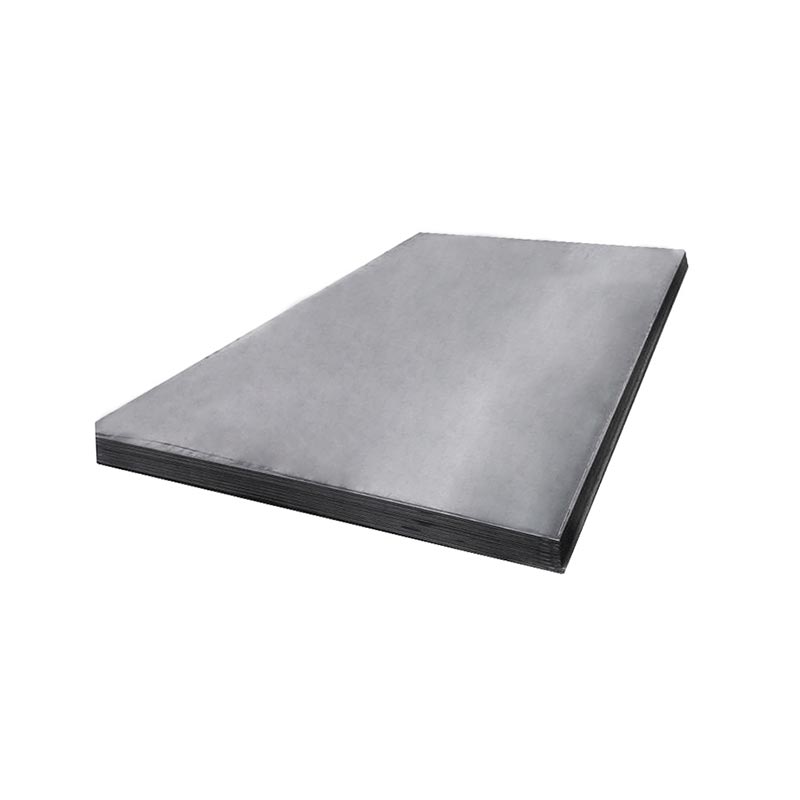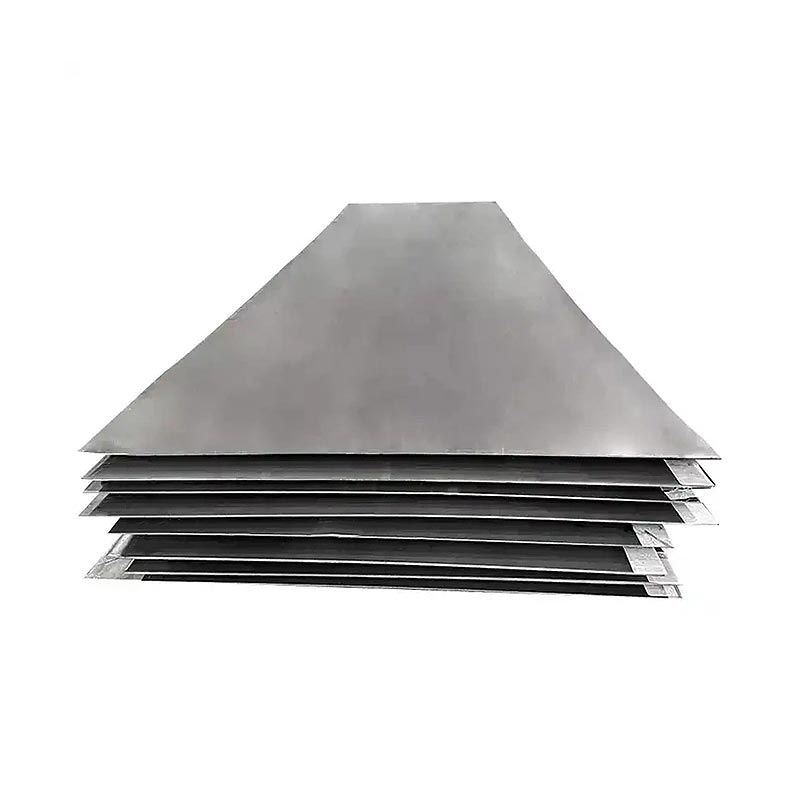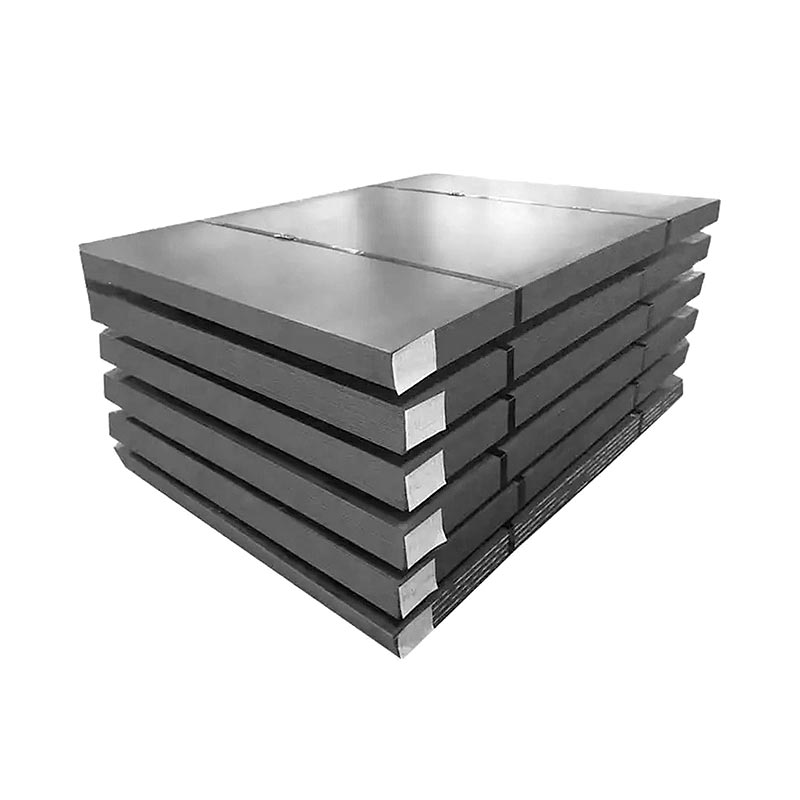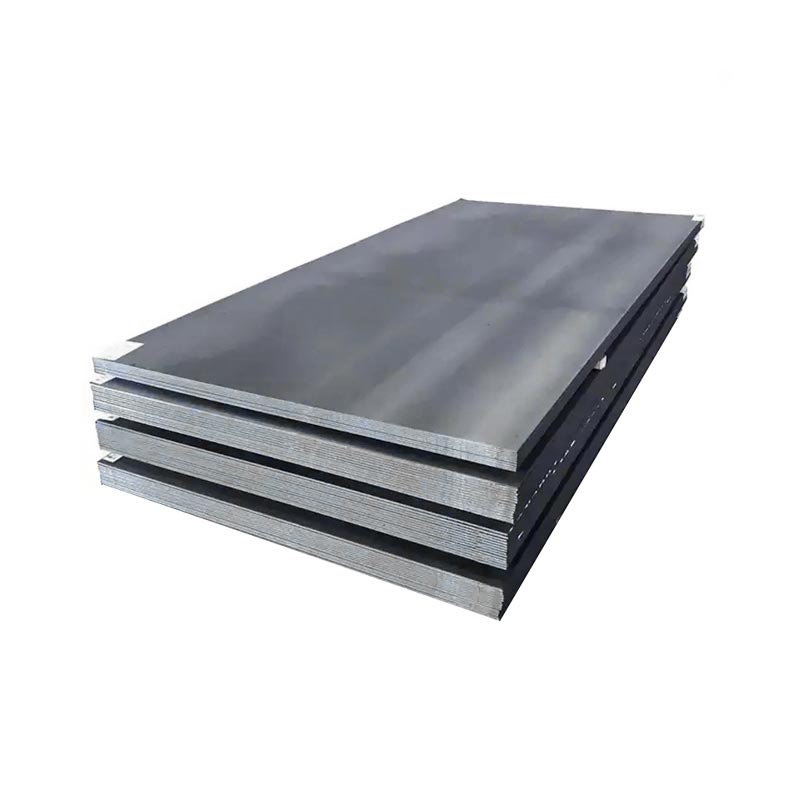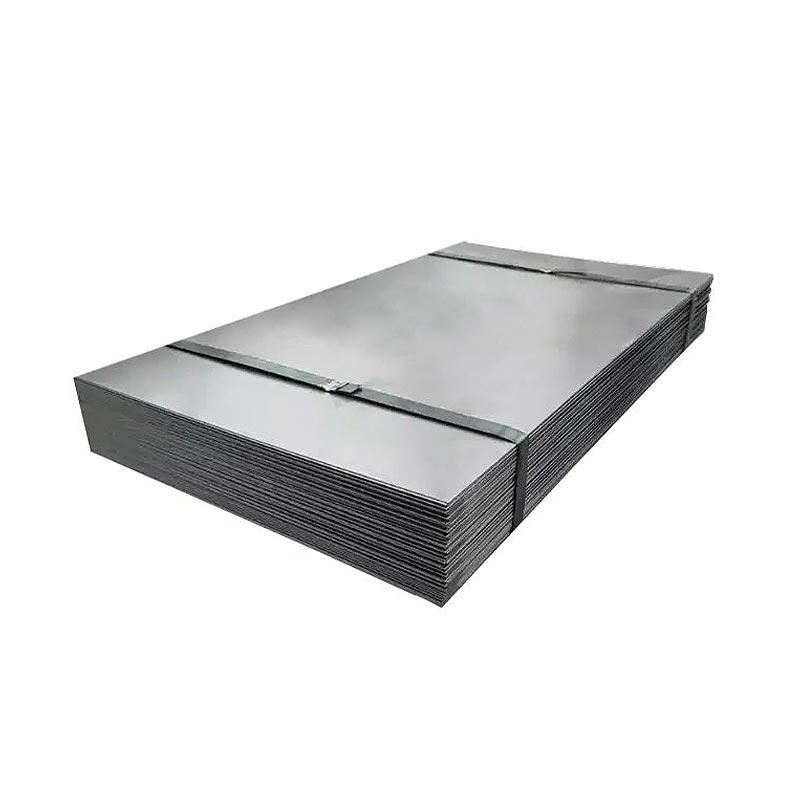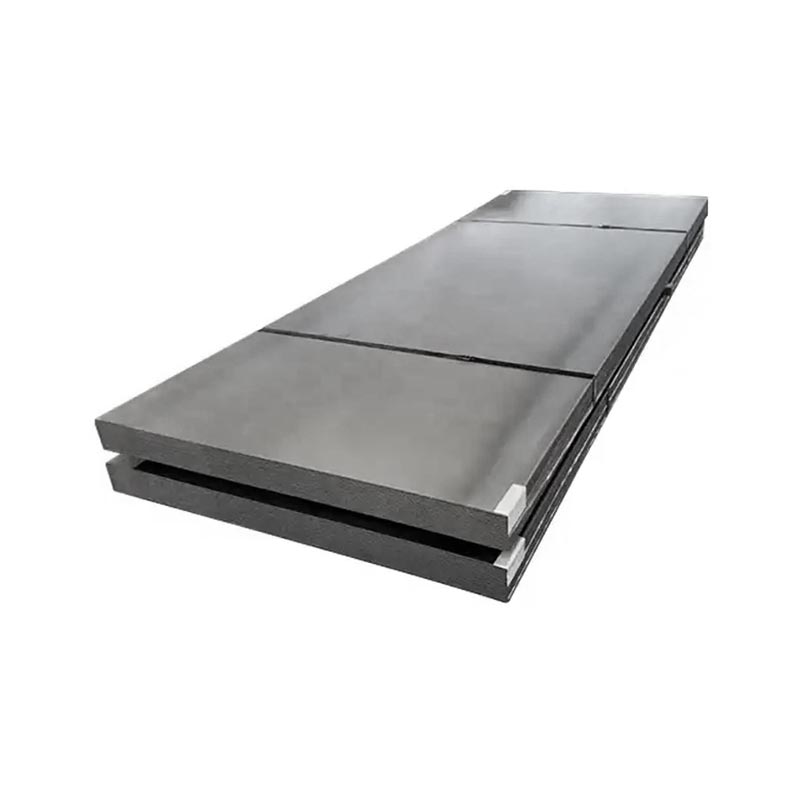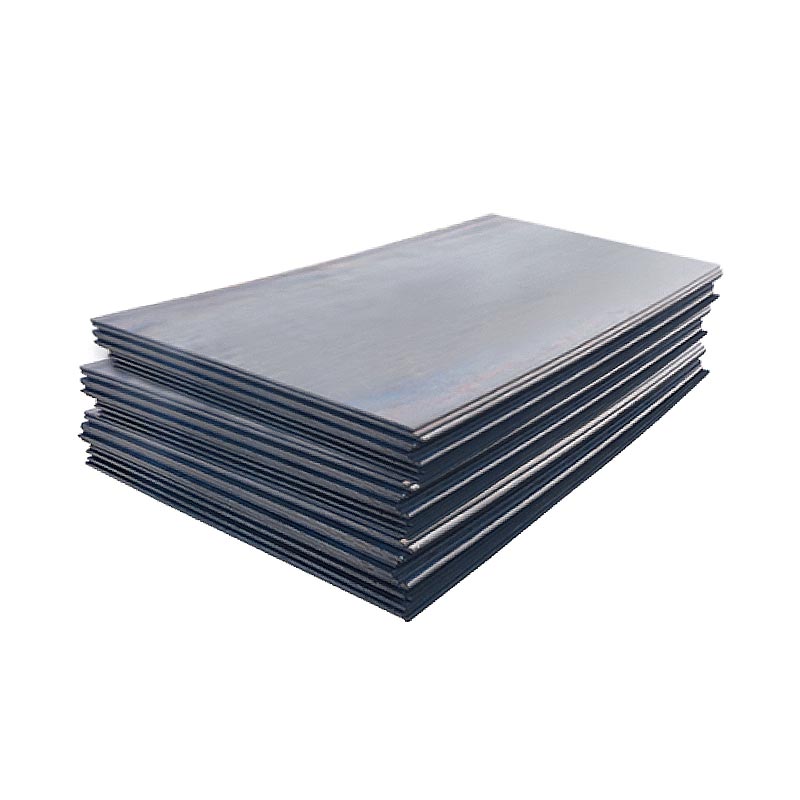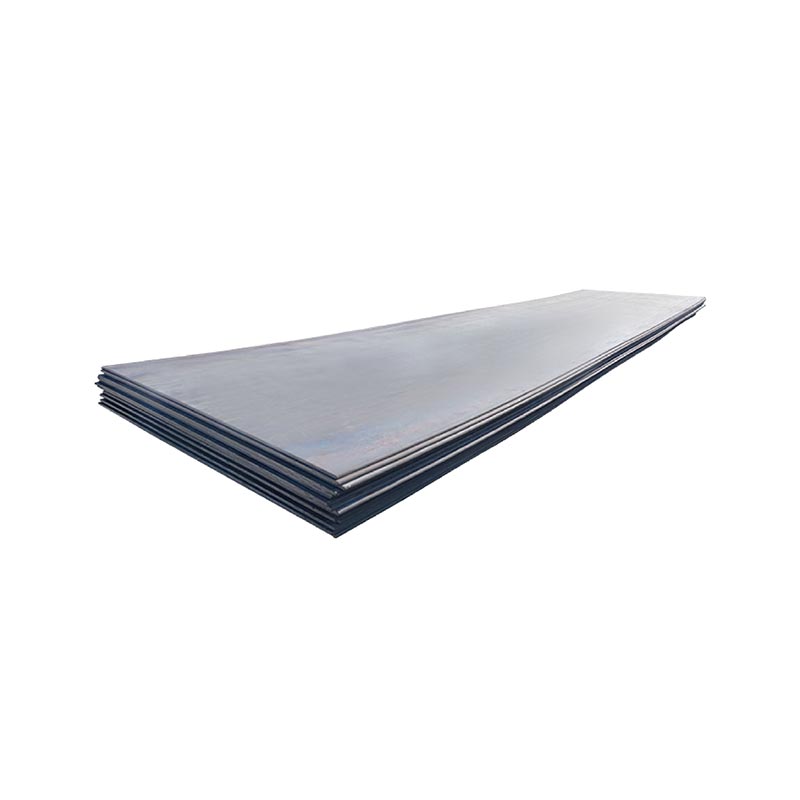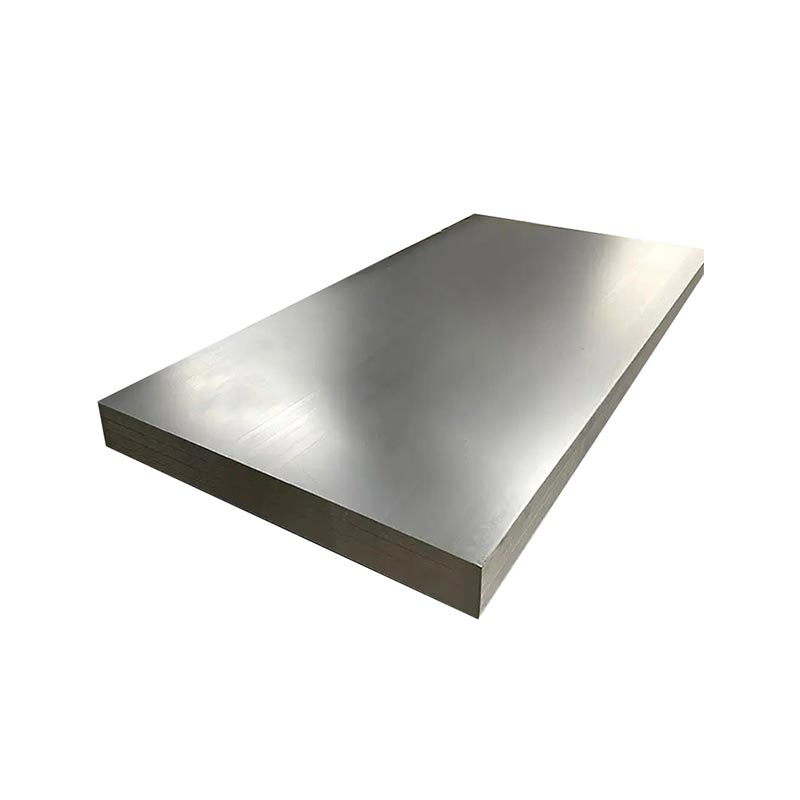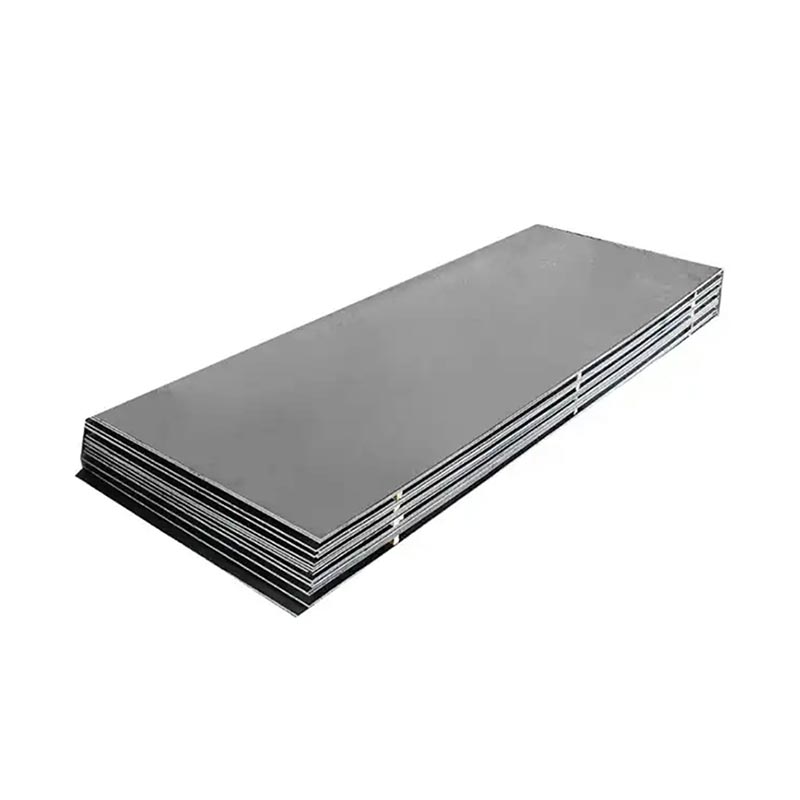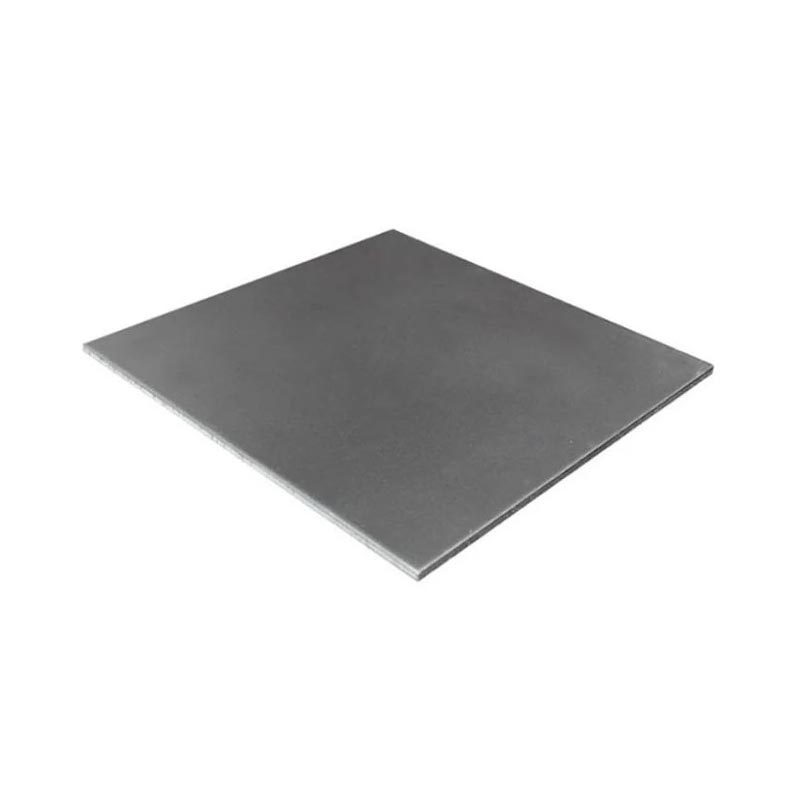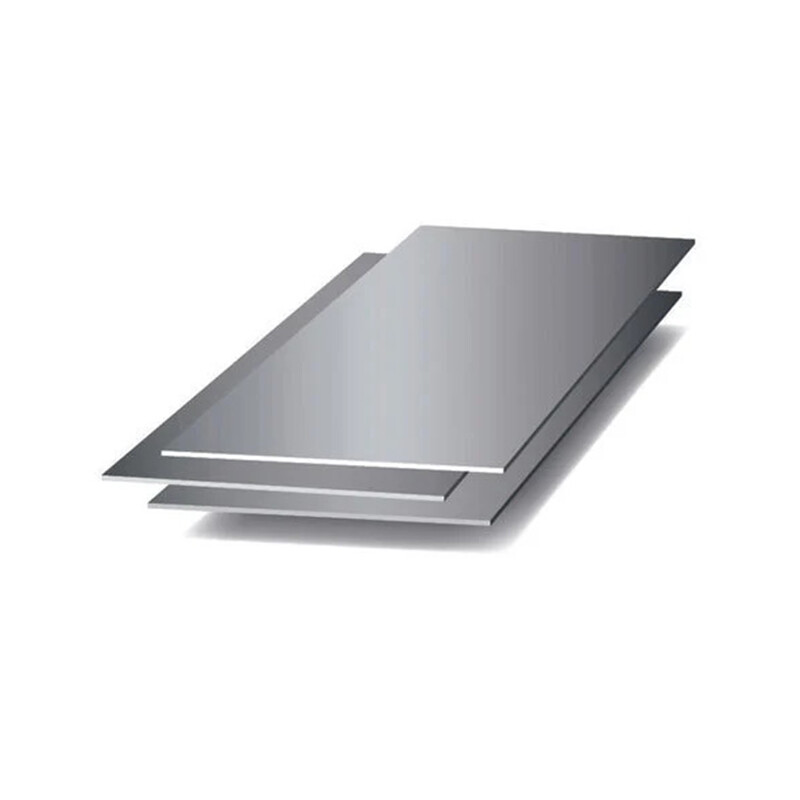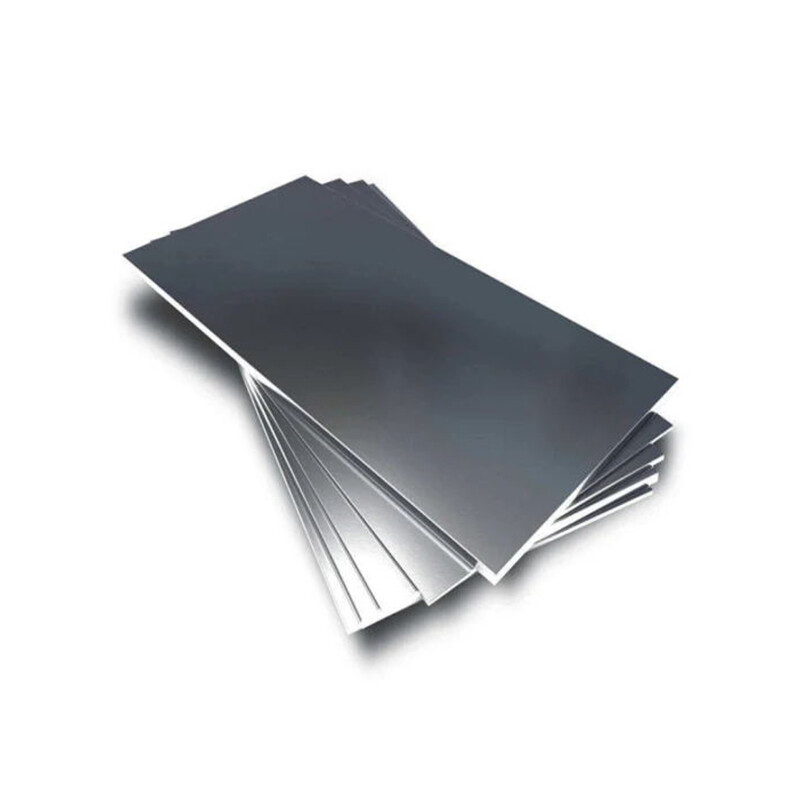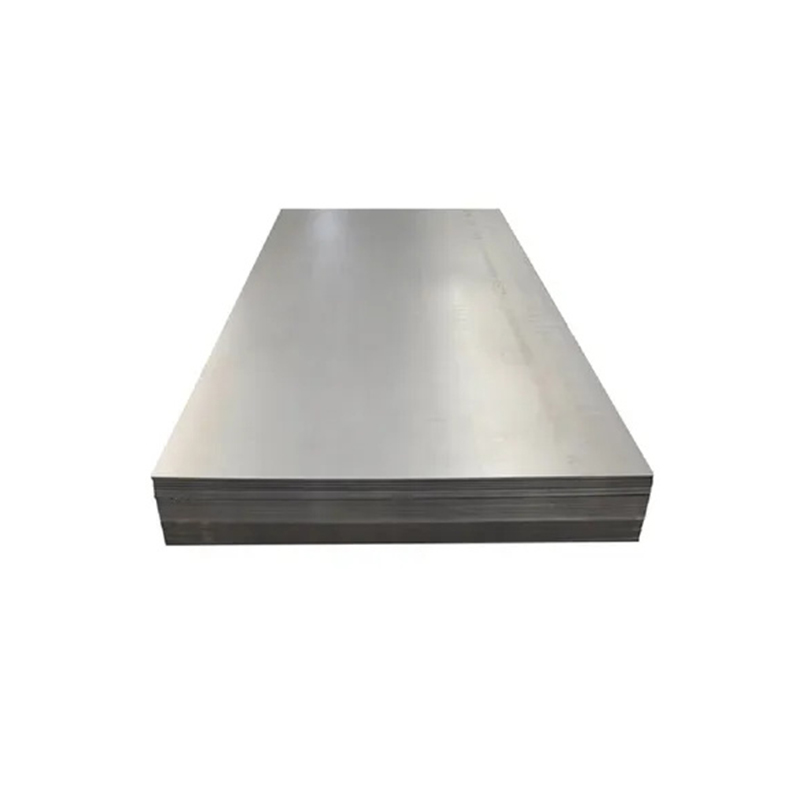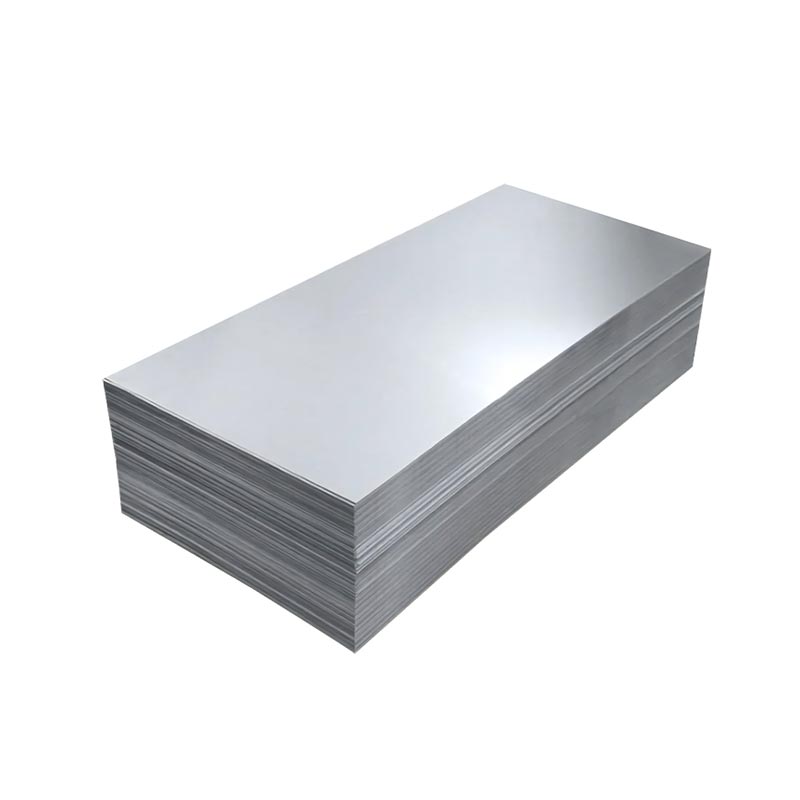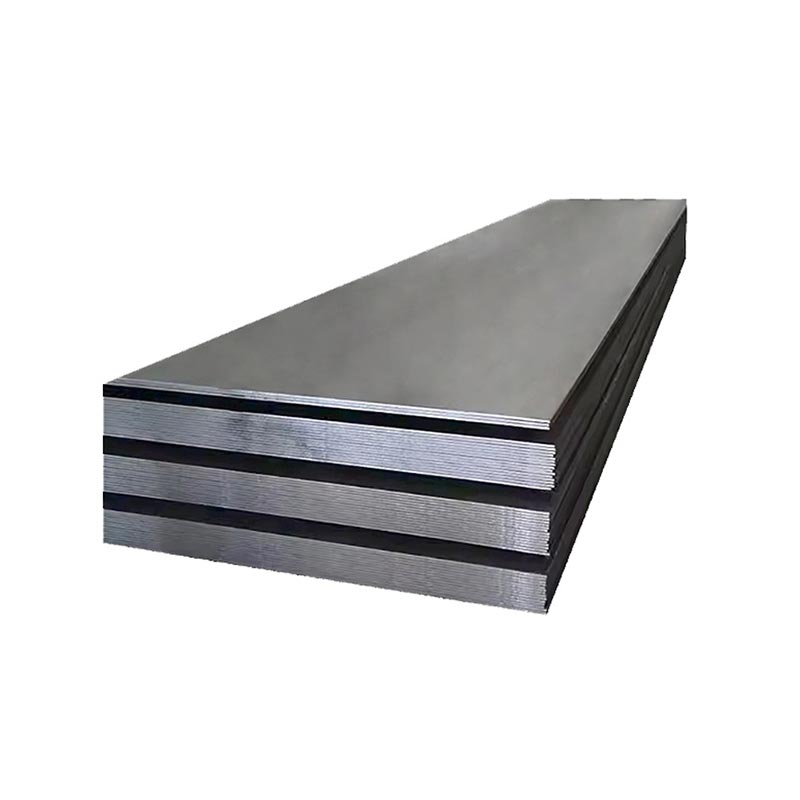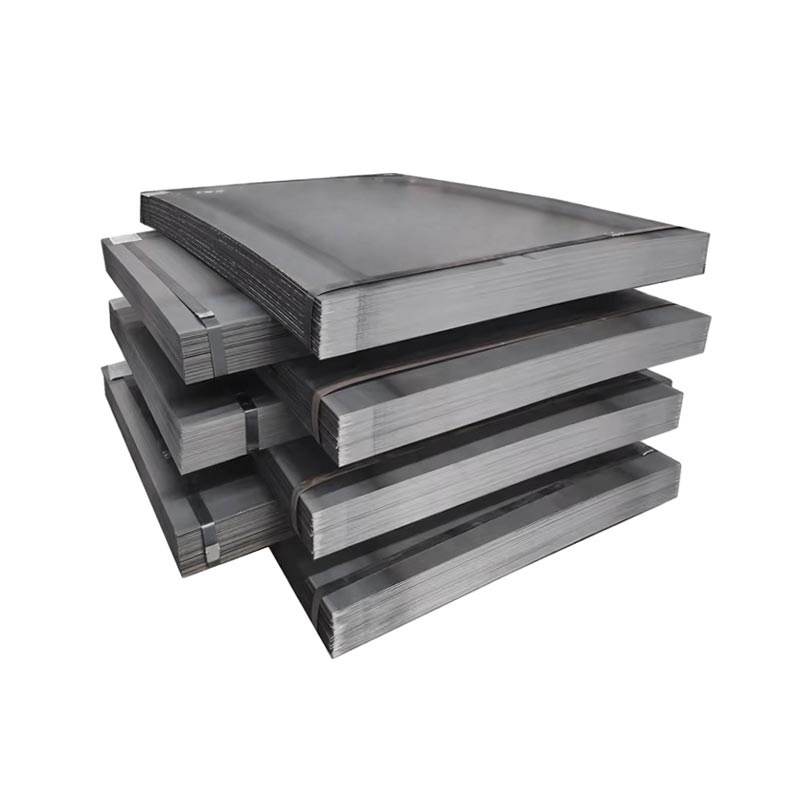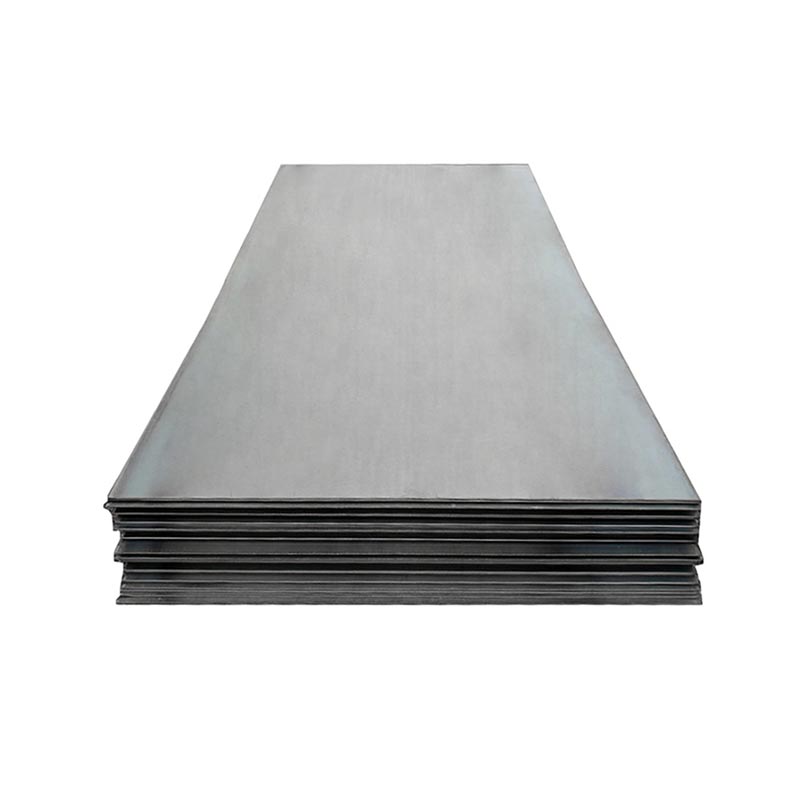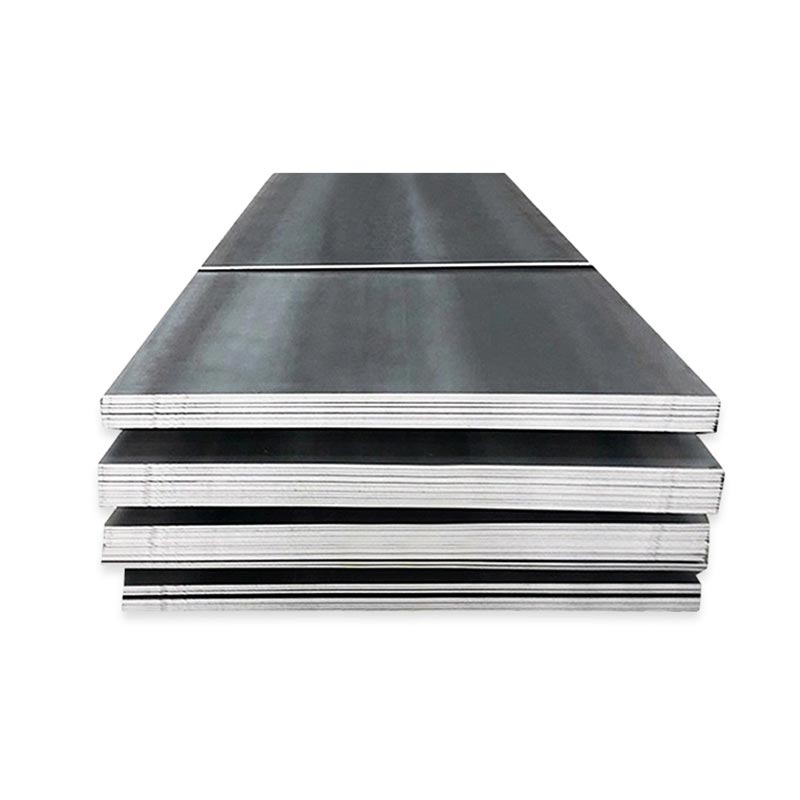Carbon Steel Coil
● A carbon steel coil is a continuous, rolled sheet of carbon steel (iron-carbon alloy) wound into a coil shape. Classified by carbon content (low, medium, high), it balances formability, strength, and cost.
● Low-carbon coils (e.g., A36) offer ductility and weldability, ideal for automotive parts or construction. Medium-carbon variants provide higher strength, used in machinery. High-carbon types are hard but less flexible, suited for tools.
● Available in various thicknesses and widths, these coils are unrolled for cutting, stamping, or forming. Common in manufacturing, construction, and metalworking, they serve as raw material for pipes, panels, and structural components.
View Video
SPCC/SGCC/SPCD/SPCE Cold Rolled Steel Coil
SPCC, SGCC, SPCD, and SPCE are cold-rolled steel coils under JIS standards. SPCC is basic low-carbon (≤0.15% C) with good formability, used for general parts. SGCC is SPCC coated with zinc, offering corrosion resistance, ideal for roofing or automotive components. SPCD/SPCE are higher-grade: SPCD has better drawability for deep forming; SPCE, ultra-deep drawable, suits complex shapes like automotive panels. All feature smooth surfaces, precise thickness, and enhanced mechanical properties vs. hot-rolled, serving diverse fabrication needs.
Get A Quick Quote!
You Can Leave Us A Message
or Send Us An Email!
Product Details
Product Parameters
Packaging and Transportation
Related Products
Leave Us Message
Please give us a message
What are you lookking for?

